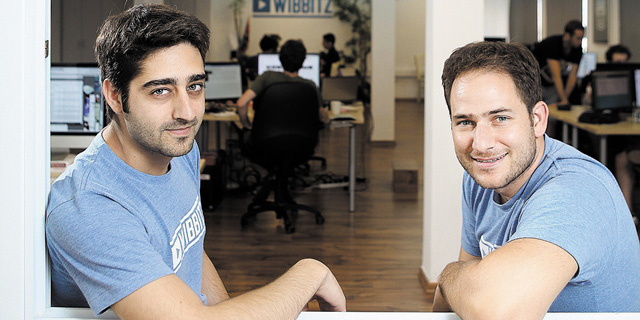
Automating Video is the Future of Online Storytelling
Automated video is more than just a buzzword. Here's how companies can use new tools to increase efficiency and audience engagement
For daily updates, subscribe to our newsletter by clicking here.
While publishers do lean heavily on video as a revenue stream, its impact goes far beyond its financial benefits. Today, video is key to distinguishing your brand, building awareness, and establishing audience loyalty, all crucial aspects of maintaining a healthy business.
Before, audiences could only read the latest in entertainment, fashion, or sports. Now, they have the choice to view it as well, and the vast majority of consumers are happy to do so. For many publishers, social media channels are now a primary source of traffic, creating opportunities to capture audiences in-feed and drive traffic back to their own sites, establish a loyal audience base and discover new audiences. Thanks to automation tools, publishers can now easily create social media friendly videos in different formats, optimized for each channel.
Related stories
In order to properly sustain a video strategy that scales informative, professional, and moving video content across multiple platforms, formats and topics, publishers need to leverage technology. By supporting their efforts with automation, publishers can focus on injecting their creative vision and brand voice into every video to distinguish themselves within today’s competitive content landscape. Automation does not mean robots creating endless, meaningless videos, it is simply a way for content creators to improve their processes and produce more impactful visual storytelling.
Zohar Dayan is the CEO and Co-founder of Wibbitz, an automated video creation company with offices in Tel Aviv, New York, and Paris.

No Comments Add Comment